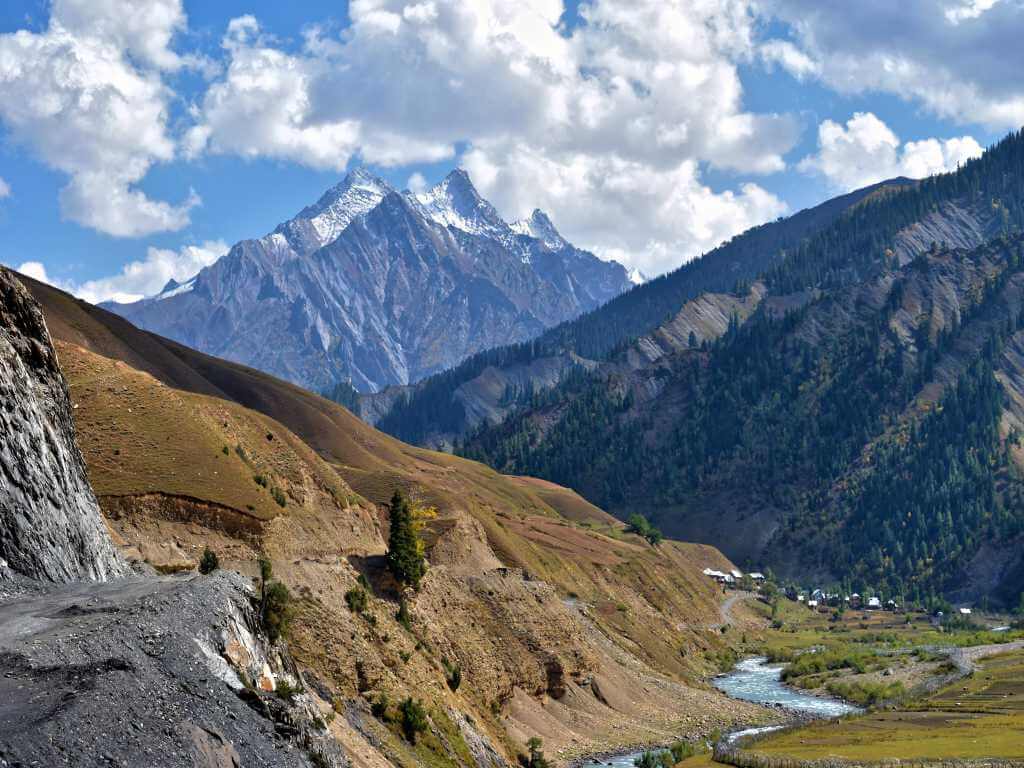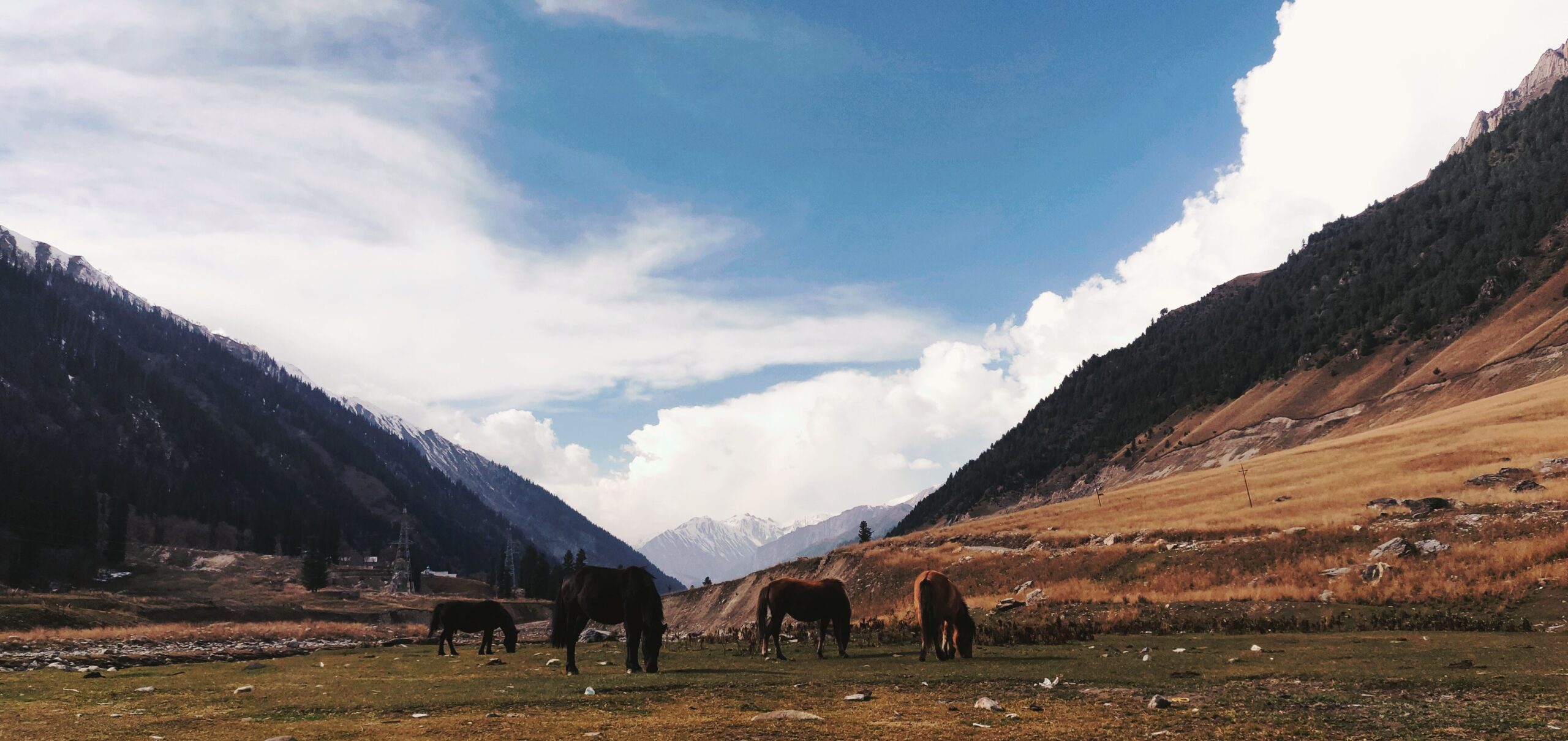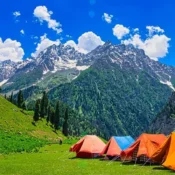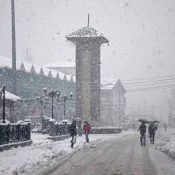
Gurez Valley in Kashmir : Everything You Need To Know
Introduction to Gurez Valley
Nestled in the remote northern region of Kashmir, Gurez Valley remains one of India’s most breathtaking yet lesser-explored destinations. Located approximately 127 kilometers from Srinagar, this pristine valley captivates travelers with its stunning natural beauty, dense forests, and glistening alpine lakes such as the renowned Patalwan Lakes. Beyond its picturesque landscapes, Gurez holds deep cultural and historical significance as the last bastion of the Dardic people in India, preserving a way of life that has endured for centuries.
The Dard-Shin Tribe: A Glimpse into History and Culture
Historically, Gurez was a vital part of ancient Dardistan, a crucial trading hub along the Silk Route that once linked Kashmir to Gilgit-Baltistan and beyond to China’s Kashgar region. The indigenous Dard-Shin people, distinct from Kashmiris, primarily speak Shina—a language now in decline. Their cultural ties extend across the Line of Control into present-day Pakistan, reflected in their traditional attire, customs, and architectural styles.
Today, the Dard-Shin community in Gurez, along with those in Tulail and Bagtore, preserves its unique heritage despite modernization. Notably, the Indian Army maintains a strong and positive relationship with the local population, providing crucial support during harsh winters and emergencies.
Exploring Gurez Valley: A Journey Through Time and Nature
The Iconic Habba Khatoon Peak
Dominating the landscape of Dawar, the primary settlement of Gurez, is the majestic Habba Khatoon Peak. This pyramid-shaped mountain stands as a tribute to the legendary 16th-century Kashmiri poetess and queen, Habba Khatoon, whose melancholic ballads continue to resonate in the valley. The peak, bathed in golden hues during sunrise and sunset, adds to Gurez’s ethereal charm, making it a must-visit for nature lovers and history enthusiasts alike.
Crossing the Razdan Pass: Gateway to Gurez
The journey to Gurez begins with an ascent through the scenic Bandipora district, culminating at Razdan Pass (elevation: 11,672 feet). This historic pass, once a crucial segment of the Silk Route, offers panoramic views of the surrounding peaks and meadows. Today, it remains the only road link between Gurez and mainland Kashmir, often closing during winter due to heavy snowfall.
Tulail Valley: The Hidden Gem Beyond Gurez
Lying north of Gurez, Tulail Valley is an untouched paradise with a landscape that blends the stark beauty of Ladakh with Kashmir’s lush greenery. Due to its proximity to the border, special permits may be required to visit. Traditional Dard-Shin villages, featuring centuries-old wooden houses built without nails, dot the valley. A motorable route extends from Tulail towards Drass and Mushkoh Valley in Kargil, though it remains restricted to civilians.
Gurez Valley Travel Guide: Essential Information
How to Reach Gurez Valley
- By Road: The journey from Srinagar (127 km) via Bandipora takes 6-7 hours. Road conditions have improved, but certain sections, particularly after Razdan Pass, may be challenging.
- By Air: The nearest airport is Sheikh Ul-Alam International Airport, Srinagar.
- By Rail: The closest railway station is Jammu Tawi (250 km from Srinagar).
- Helicopter Services: Occasionally available between Srinagar and Dawar, subject to weather conditions.
Best Time to Visit
- May to October: Ideal for sightseeing and trekking.
- July and August: Lush greenery but occasional heavy rainfall.
- Winter (November to April): The valley remains inaccessible due to snow.
Accommodation Options
- Limited but comfortable guesthouses and homestays.
- Jammu and Kashmir Tourism Department guesthouses.
- No luxury hotels; local stays offer an immersive experience.
Connectivity and Facilities
- Mobile Network: BSNL and Jio offer limited coverage; internet connectivity is sporadic.
- Electricity: Available but inconsistent; carrying a power bank is advisable.
Permits and Restrictions
- Indian Nationals: No permits required; Aadhaar Card needed at security check posts.
- Foreign Nationals: Special permits may be required; Overseas Citizen of India (OCI) cardholders face fewer restrictions.
Trekking and Outdoor Adventures in Gurez
- Gurez Valley Trek: Offers mesmerizing views of meadows, lakes, and snow-capped peaks.
- Patalwan Lakes Trek: Reaches an altitude of 12,795 feet, a paradise for adventure seekers.
- Other Trails: Connections exist between Gurez and Sonamarg, but access requires permissions.
Cultural Insights and Local Etiquette
- The Dard-Shin people take immense pride in their heritage. Visitors should respect local customs, dress modestly, and seek permission before photographing individuals.
- Traditional folk music and dance are integral to community life, offering a unique cultural experience for travelers.
Is Gurez Valley Safe for Tourists?
Yes, Gurez Valley is safe for tourists, with a strong presence of security forces ensuring a peaceful environment. Visitors are encouraged to check weather and road conditions before planning their trip.
Why Visit Gurez Valley?
Gurez Valley is more than just a scenic destination—it’s a living museum of history, culture, and natural splendor. Whether you seek solitude, adventure, or cultural immersion, Gurez promises an unforgettable experience in the heart of Kashmir’s wilderness.
Plan your journey today and discover the hidden paradise of Gurez Valley!
Contact us for more info about Gurez Valley Packages
All Categories
Recent Posts
Kashmir’s Doors Reopen: Paradise Beckons Once More
Distance from Srinagar to Popular Tourist Destinations in Kashmir
Detailed Analysis: Impact on Tourism in Kashmir Post-April 22 Attack









